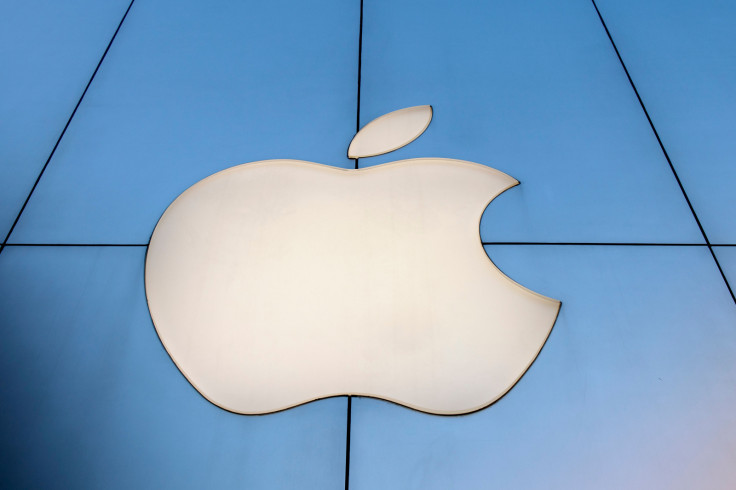Apple iPhone 11 features a short-range radar that can find lost objects
While Apple has not publicised the radar, it is present in the company's new U1 chip.
Apple iPhone 11 has some hidden features that the company hasn't publicised yet. The company only made passing references to its new U1 chipset on its website and none at its launch event.
The new iteration of the smartphone has the U1 chipset, which is equipped with an ultra-wide band (UWB) radio. UWB can work as a short-range radar or high-speed data link.
The only feature of the U1 chipset Apple mentions on its website is it makes AirDrop better. If you are connected to the Apple ecosystem, AirDrop works to replace USB and works towards file transfer. The U1 enabled AirDrop system in the iPhone 11 makes file transfer easier and faster.
UWB works on a radio frequency-based communication protocol, just like Bluetooth and Wi-Fi. However, it is more targeted in its range. It operates across the wireless spectrum but uses lower power than Wi-Fi, which means that only devices in a certain radius can receive the signal. It also sends out precisely-timed pulses, which can be detected by a receiving tuner, indicating the precise range and direction of the source.
The technology is already in use in warehouses across the world, to track the movement of workers and gauge efficiency. It works in a similar manner to what it would work on the phone – a base device receives signals from UWB bands worn by workers.
This is what makes the U1 chip special. UWB works like a short-range radar. If the company uses the technology to its full potential, it could possibly help people track their AirPods and other devices by just pointing the phone around like a compass. An AR map will show where the object is. Alternatively, it can also pair up with Bluetooth trackers such as ones from Tile.
Such a paradigm can also be used for indoor navigation in stores and supermarkets. Imagine putting in the name of an item and an AR map leading you up to it.
Furthermore, UWB will help create more engaging and precise AR gaming experiences. This will mean that players will be properly directed while gaming – they won't be stepping on each other's toes while being involved in an alternative reality. If the tech is developed further, it can establish better contact with controllers to ensure a seamless and glitch-free experience.
While currently the tech is being used for AirDrop, the potential remains immense. All eyes should be on Apple's upcoming devices – this is just a start, and is expected to be built upon in upcoming devices.

© Copyright IBTimes 2025. All rights reserved.





















